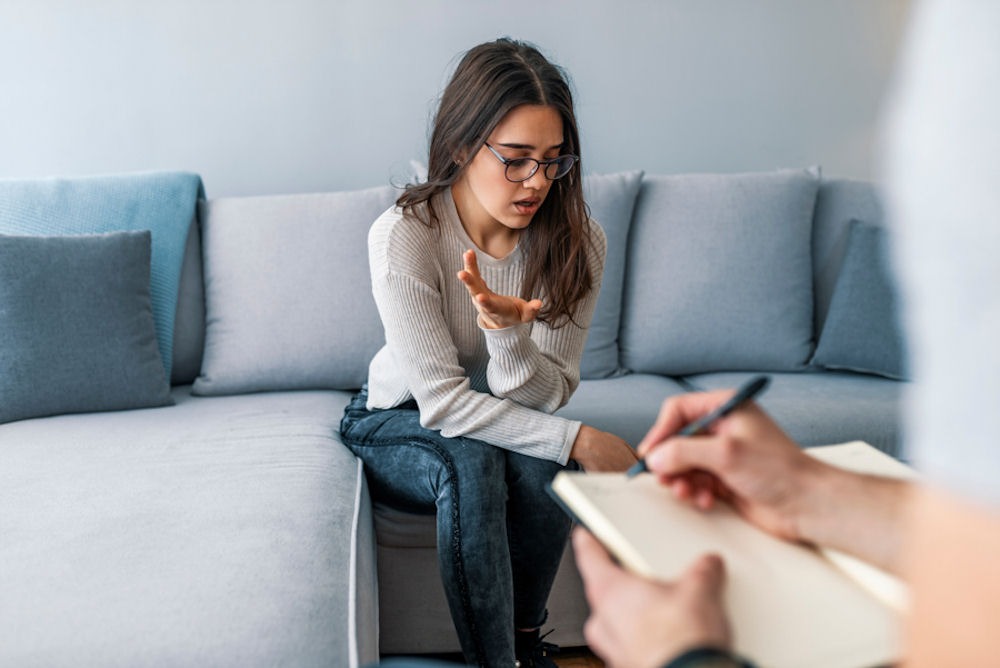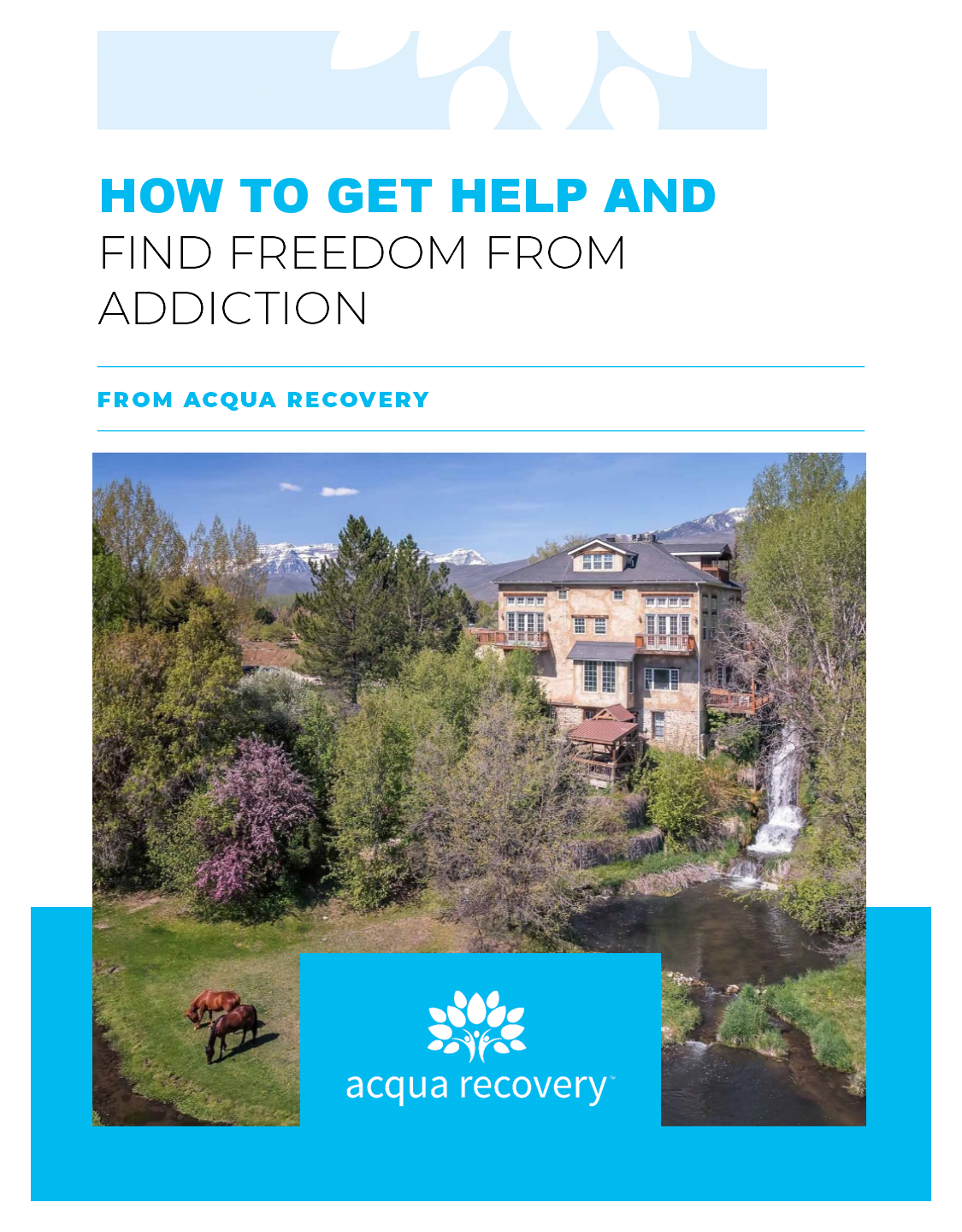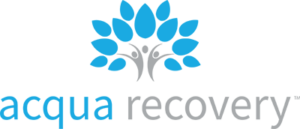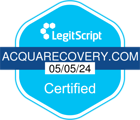A pill’s color doesn’t always indicate that it’s not going to help you. But “blues” have become a highly abused drug that has more intense side effects than any pain medication you can find in the drug store. What is a “blues drug”? It’s more commonly known as Blues, and they’re counterfeit prescription pills (namely opioids).
Many individuals who turn to these counterfeit pills may be struggling with underlying mental health issues or chronic pain, often exacerbated by the stigma surrounding seeking help. This desperation can lead them to take dangerous shortcuts, such as purchasing pills from unreliable sources. The allure of a quick fix can overshadow the potential dangers, leading to a cycle of addiction and health deterioration.
What is the Blues Drug?
Blues, a term that has gained notoriety in the realm of illicit drugs, refers to counterfeit prescription pills that are often misrepresented as legitimate medications. These pills typically resemble well-known prescription drugs (particularly opioids, benzodiazepines, and stimulants), and are frequently sought after due to their sedating and euphoric effects. It’s thought that the proliferation of blues drugs may be a direct contributor to the current opioid crisis.
In reality, Blues may contain a variety of harmful substances, including synthetic opioids like fentanyl, which can lead to severe health risks and even overdose. The ease of access to these counterfeit pills, often purchased online or through street dealers, has made them particularly appealing to individuals seeking quick relief from pain or anxiety. The consequences of consuming these fake pills can be dire, as users are often unaware of the exact composition and potency of what they are taking. This is especially dangerous for individuals struggling with drug abuse, as they may be more likely to encounter these counterfeit pills and suffer severe health consequences.
What is Really in Blues?
The primary ingredient in many blues pills is not the legitimate medication they are designed to mimic. Instead, these pills can contain an array of extremely hazardous substances that pose significant health risks. They have been found to include:
- Fentanyl: This powerful synthetic opioid is often mixed with or pressed into counterfeit pills because of its potency. Even a small amount can lead to fatal respiratory depression.
- Other synthetic opioids: Similar to fentanyl, substances like carfentanil, which is used primarily as a tranquilizer for large animals, can be included.
- Stimulants: Amphetamines and other stimulants may be added to create a specific high, increasing the danger of overdose.
- Adulterants: These might include inert substances or additives that can lead to unpredictable and harmful effects reported by users.
The risks associated with blues are significant, particularly focusing on counterfeit versions that may contain dangerous substances like fentanyl. Identifying these counterfeit pills and using testing kits to ensure safety is crucial for those who may consume them.
Because the production of these pills is unregulated, there is no way to guarantee purity or dosage, making each ingestion potentially life-threatening. Users often mistakenly believe they are taking a safe and effective medication, only to find themselves in grave danger. The rise of social media and online marketplaces has facilitated the distribution of these counterfeit pills, making them more accessible than ever.
Methods of Use and Risks
The most common methods of using Blues include swallowing, snorting, or injecting the pills. While swallowing is the most typical method, it still poses a high risk of addiction and overdose. Snorting or injecting the pills can amplify these dangers, increasing the likelihood of overdose and introducing additional risks such as infections.
How to Identify Blues from Regular Prescription Pills
 Distinguishing between Blues and legitimate prescription pills can be challenging, particularly for those who are not familiar with the various medications on the market. However, there are several key indicators to watch for:
Distinguishing between Blues and legitimate prescription pills can be challenging, particularly for those who are not familiar with the various medications on the market. However, there are several key indicators to watch for:
- Appearance: Legitimate prescription pills usually have unique imprints or markings that can be verified with a pharmacy or online database. Blues may lack these identifiers or have poorly printed markings.
- Color and shape: While many legitimate pills come in various colors and shapes, consistent abnormalities might indicate that they are counterfeit. If a pill looks significantly different than expected, it should be treated with suspicion.
- Packaging: Genuine prescriptions come in well-sealed, professionally labeled packaging. Fake pills may be sold loose or in unmarked bags.
- Seller credibility: Purchasing from licensed pharmacies is critical. If a source is unverified or underground, the pills might not be safe.
If you’re unsure about the authenticity of a pill or its effects, it’s best to consult a healthcare professional rather than risking your health with uncertain substances.
Additionally, it’s important to be aware of the potential dangers associated with counterfeit pills. Blues can contain harmful substances or incorrect dosages, leading to serious health risks, including overdose or adverse reactions. Many users have reported experiencing unexpected side effects after consuming counterfeit medications, which can range from mild discomfort to life-threatening conditions.
The allure of these pills often lies in their perceived potency or availability, but the risks far outweigh any temporary benefits. Moreover, the rise of online pharmacies and illicit drug markets has made it easier for counterfeit pills to circulate.
Risks of Consuming Counterfeit Pills
The risks associated with consuming fake prescription pills are extensive and can have devastating consequences. For one, the varying strength of the drugs contained in blues drugs can lead to unexpected overdoses. A user may think they are taking a controlled dose based on their experience with legitimate medications, only to find they have ingested a lethal amount of a potent synthetic opioid.
Taking unregulated substances can lead to serious health complications, which may include:
High doses of opioids can lead to difficulty breathing, which can be fatal without immediate medical intervention.
Regular use of these fake pills can lead to addiction, increasing the risk of overdose as users require higher doses to achieve the same effect.
When trying to stop or reduce use, individuals may experience severe withdrawal symptoms, making it difficult to quit without help.
individuals taking these pills may engage in risky behaviors, including mixing them with other substances. This can exacerbate the dangers associated with consuming blues drug.
Users may experience heightened anxiety, depression, or paranoia as a result of the unpredictable nature of the substances they are ingesting. These mental health issues can create a vicious cycle, where individuals turn to more pills in an attempt to self-medicate their emotional pain, further entrenching them in a pattern of addiction.
The social implications of using fake prescription pills cannot be overlooked. Relationships with family and friends may suffer as users become increasingly secretive or erratic in their behavior. The stigma surrounding drug use can lead to isolation, making it even harder for individuals to seek the help they need.
Symptoms of Prescription Pill Addiction
Prescription pill addiction can manifest in multiple ways, and recognizing the signs early is vital. Some common symptoms include:
- Increased tolerance: Needing to take larger amounts of the pills to achieve the same effect.
- Physical dependence: Experiencing withdrawal symptoms when not taking the pills.
- Behavioral changes: Engaging in secretive behavior, withdrawing from social activities, or changing daily routines to accommodate drug use.
- Using pills in dangerous situations: Using while driving or combining them with alcohol or other substances can indicate a severe addiction.
Others may notice changes in appetite or sleep patterns, or neglecting responsibilities at work or home. It’s essential to address these symptoms promptly, as they can escalate quickly.
Additionally, individuals struggling with prescription pill addiction may experience emotional instability, including heightened anxiety, depression, or mood swings. These emotional symptoms can create a vicious cycle, as individuals may turn to pills to self-medicate their feelings, further deepening their reliance on these substances. Friends and family members might observe a marked change in personality, with the individual becoming more irritable or withdrawn, which can strain relationships and lead to isolation.
Treatment to Manage Withdrawal Symptoms
Overcoming prescription pill addiction is difficult but achievable with the right treatment and support. Detox programs are significant as the first step towards overcoming drug addiction. Several approaches may be effective, including:
- Detoxification: A medically supervised detox can help manage withdrawal symptoms safely.
- Behavioral therapy: Counseling and cognitive behavioral therapy can help address the psychological aspects of addiction. Developing coping strategies during counseling sessions is essential for preventing relapse and ensuring long-term recovery success.
- Support groups: Joining groups such as Narcotics Anonymous can provide community support and encouragement during recovery.
- Medication-assisted treatment: Certain medications can help reduce cravings and withdrawal symptoms, making recovery more manageable.
In many cases, a combination of these treatment methods leads to the most successful outcomes. But medication-assisted treatment (MAT) is a critical component in particular. It’s important to take a comprehensive approach to treat addiction to opioids.
Heal From Addiction at Acqua Recovery
 Acqua Recovery offers a holistic approach to treating prescription pill addiction. With dedicated medical staff and a welcoming environment, the facility aims to support individuals through every stage of recovery. We provide tailored treatment plans, which may include medical detox, psychotherapy, and group therapy, ensuring that each patient receives personalized care.
Acqua Recovery offers a holistic approach to treating prescription pill addiction. With dedicated medical staff and a welcoming environment, the facility aims to support individuals through every stage of recovery. We provide tailored treatment plans, which may include medical detox, psychotherapy, and group therapy, ensuring that each patient receives personalized care.
If you or someone you know is struggling with addiction to fake prescription pills like Blues, contact us today. The journey toward recovery is not one that needs to be faced alone.











